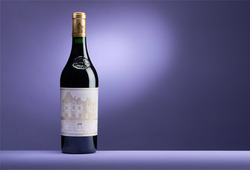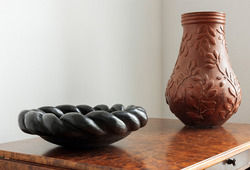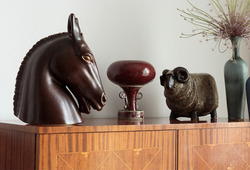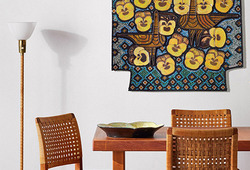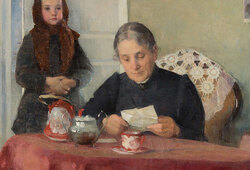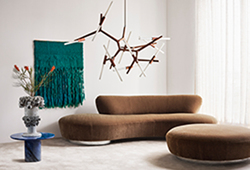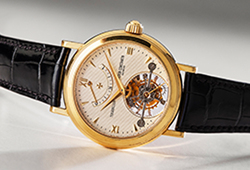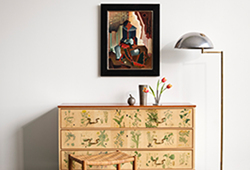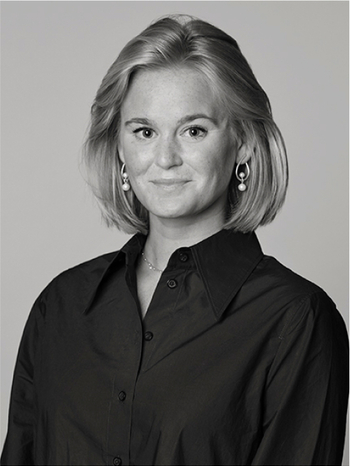Wifredo Lam
Untitled
Signed Wifredo Lam and dated 1977. Charcoal on paper 66 x 48 cm. Bukowskis would like to thank Eskil Lam, the artist's son, for confirming the authenticity of the work. The work will be registered in the SDO Wifredo Lam archive.
Alkuperä - Provenienssi
Purchased by the current owner's father in the 1990s who had contact with Lou Lam.
Muut tiedot
Wifredo Lam was born in Cuba in 1902 but spent the last decades of his life in the Italian coastal town of Albissola, a city with a long tradition of Italian ceramic craftsmanship. It was the Danish artist Asger Jorn who introduced Lam to Albissola in the 1950s.
Lam had become acquainted with Jorn through André Breton in Paris before the war. In the summer of 1954, Jorn invited Karel Appel, Corneille, Sergio Dangelo, Lucio Fontana, Roberto Matta, and Wifredo Lam to participate in the International Ceramics Meeting organized by Enrico at the studio of the ceramicist Tullio Mazzoti in Albissola.
Wifredo Lam experienced a creative and artistic community during that summer, which made him fall in love with the city. Over the following years, he returned many times before finally purchasing his own house in 1961. Lam built a large studio with an adjoining music room for the house. In the studio, he had a collection of African masks from New Guinea. When Lam lived in Paris in the late 1930s, he saw a horse head mask in his friend Picasso's studio in 1938, which left a great impression on him.
At the same time, he was dismayed by how such sculptures and objects were owned by people who had no knowledge of their origins and displayed them without any context. Lam wanted to restore dignity to these objects and therefore showcased them in groups, allowing them to speak and interact with each other. In the auctioned artwork dated 1977, the motif is inspired by these folkloric masks, which had such a significant influence on his art.





